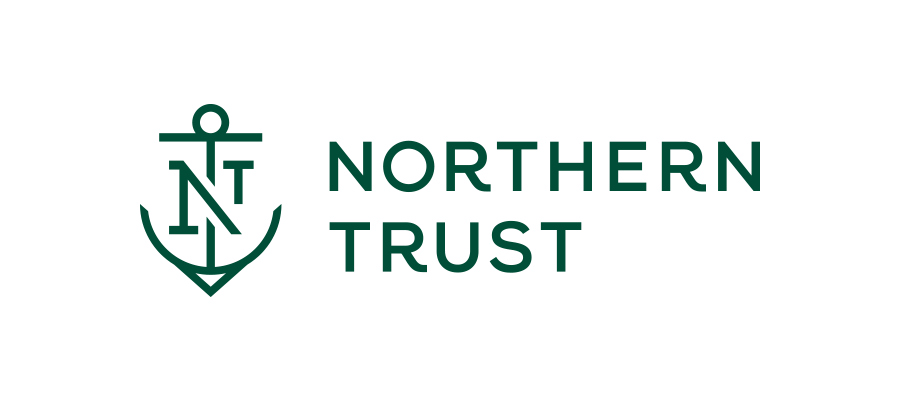5 Systems Every Employer Should Have in Place for Grief in the Workplace
If you look on any “best places to work” list, you’ll see an extensive list of well-being benefits highlighted as the signal of an exemplary work culture. From unlimited vacation and paid parental leave to mental health apps and weight loss programs, it feels like every progressive company has it covered. But, there’s a huge hole in workplace well-being that has only become more prominent during COVID-19: bereavement leave and end-of-life related benefits.
The individual impacts of grief are more widely known and acknowledged, but few are aware of the business impacts. 1 in 3 of your employees are grieving. This averages to 30 days of lost productivity per employee and costs employers an estimated $75 billion each year. This estimate was determined pre-COVID.
Loss is often unpredictable and taking action is extremely time sensitive. So it’s critical to be proactive in preparing support for grieving colleagues. Here are a few tips to ensure you’re creating an inclusive culture around grief in the workplace:
Secure benefits. Ensure employee benefits address the bereavement experience in its entirety (caregiving, dying, death, and grief). Most companies offer an EAP and life insurance. Life insurance does not typically provide in-depth assistance for bereavement or pre-planning, and we shouldn’t expect them to--- it’s not their expertise! If you have an EAP, take some time to explore how they approach end-of-life and death. Some provide more in depth support but the vast majority do not have adequate resources.
State your bereavement policy. Make sure your bereavement policy is up to date with best-in-class language and easily accessible in an employee handbook or online portal. Without clear guidelines, most employees will assume minimal leave is expected and may feel scared to ask.
For example, in the U.S., there’s no national bereavement leave policy. The standard bereavement leave policy offers three days. For anyone who’s experienced the loss of a loved one, you know tying your shoes seems unattainable after three days, let alone returning to work. However, most will assume that is the leave policy unless otherwise stated.
Provide resources. Ensure you’ve gathered pre-vetted resources that consider identity (ex. LGBTQ+, By and for BIPOC), accessibility (ex. cost, language), and format (ex. virtual vs 1:1)
Educate your team. Be sure your management and HR teams are well equipped with the tools and resources to support grieving employees. Lantern and Forneret Co. offer a bereavement in the workplace workshop to arm employees with the skills to best support their colleagues.
Speak openly. This may seem obvious, but all of this preparation is useless if no one knows about it. And, speaking to the team about it after a death or in the wake of a diagnosis may feel inappropriate. It is critical to share policies, benefits and resources openly and often, just as you would any other benefit.








